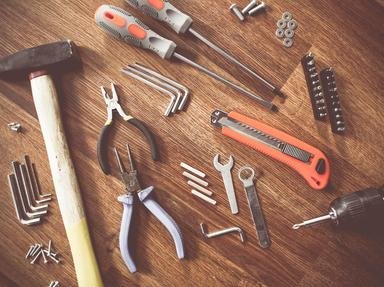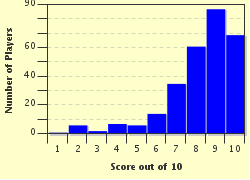Quiz Answer Key and Fun Facts
1. For what is a trussing needle used?
2. An upholstery needle is always the same shape as a sewing needle.
3. The needle bush is considered a serious pest in some countries into which it has spread, but in others it is valued for the many products which can be manufactured from it. The ladies are rather fond of one of these products in particular. Which one is it?
4. Cleopatra's Needle is the name given to three obelisks which are located in the major cities of London, New York City - and where else?
5. The Needles are three stacks of chalk rising up out of the sea at the southern end of which European country?
6. There is another geological feature, this time of granite spires, known as The Needles. In which southwestern US state can they be seen?
7. The Space Needle in Seattle, Washington, was built for which international event?
8. The first crude hypodermic needle was invented, rather astonishingly so, by which English genius with a connection, one could say, to Saint Paul?
9. Before the age of DVDs, CDs, ABCs and all the other electronic equipment in use today to listen to music, how was a needle once utilised for the same purpose?
10. As far as needles go, who or what is paresthesia?
Source: Author
Creedy
This quiz was reviewed by FunTrivia editor
trident before going online.
Any errors found in FunTrivia content are routinely corrected through our feedback system.


